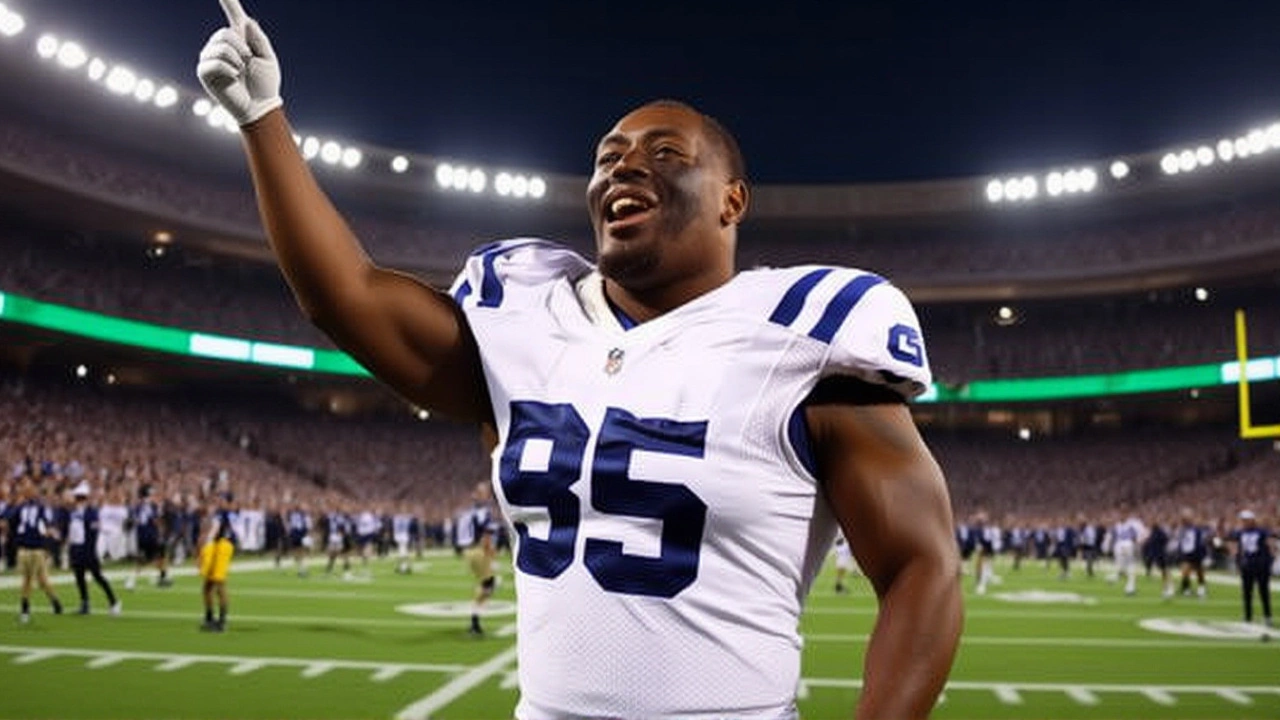Super Bowl XLVII – Highlights, Stats, and Stories
When talking about Super Bowl XLVII, the 47th NFL championship held on February 3, 2013 at the Mercedes-Benz Superdome in New Orleans, where the Baltimore Ravens defeated the San Francisco 49ers 34‑31. Also known as the "Harbaugh Bowl," it featured a dramatic 15‑point comeback and MVP Joe Flacco’s leading performance. The event also brought together massive NFL viewership, a star‑studded halftime show by Beyoncé, and record‑breaking advertising slots.
Why Super Bowl XLVII matters beyond football
The game isn’t just a football showdown; it’s a cultural benchmark. Sports broadcasting teams had to manage a power outage, a live audience of over 100 million, and real‑time social media streams. That same level of production mirrors what we see in other big‑ticket events like the Ryder Cup or the Nations League, where live scores and fan interaction shape the experience. The halftime show, on the other hand, influences music charts and fashion trends, showing how pop culture rides on the back of a football game. Fans also bring their own rituals—watch parties, tailgate recipes, and betting pools—linking the event to broader entertainment habits.
Below you’ll find a curated mix of articles that dive into the game’s tactical twists, the halftime performance’s impact, and the broadcast innovations that set a new standard. Whether you’re a die‑hard NFL fan, a sports‑media professional, or just curious about how a single event can ripple through different worlds, the pieces ahead give you practical insights and fresh angles on Super Bowl XLVII.
Former Ravens DT Arthur Jones Dies at 39, Super Bowl XLVII Champ
Arthur Jones, former Ravens defensive tackle and Super Bowl XLVII champion, died at 39 on Oct. 3, 2025. Tributes pour in from the Ravens, Syracuse and his famous athletic family.
View more